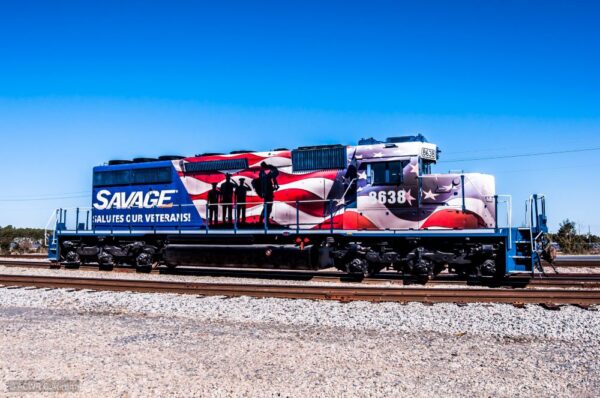
How to Avoid Lifting Operation Failure
Proper lifting safety is crucial for jobs that require hauling a load, both small and large. In some cases, the best techniques are displayed on the tools we use, such as diagrams on moving boxes or hazard labels on a forklift. As a matter of fact, we share many mantras like “lift with your legs” or “use a buddy” so many times that they’re almost cliché.
In each case, the message is the same: if you bend at the waist to pick something up, you can injure your back. Instead, practice lifting safety by bending the knees in a squat-like position to make better use of your core and leg muscles.
These principles are helpful for small projects that don’t require large machines to lift products and materials. Likewise, they’re also helpful when we hoist far bigger loads.
Lifting Risks by the Numbers
If you’re a safety specialist or leader, part of your role is to train Team Members to carry out safe lifting operations. It’s important to acknowledge why these lessons remain relevant today.
For example, OSHA cites human error causes approximately 93% of lifting operation failures. This may include things like:
- Improper operation of equipment
- Improper rigging of the load to the machinery
- Exceeding safe load limits
- Neglecting proper lift planning
A percentage like that already feels substantial, yet the U.S. Bureau of Labor Statistics breaks it down further, noting who and what is at stake when lifting risks go unnoticed and unplanned for.
-
473 fatalities caused by being struck by an object or equipment
-
143 fatalities caused by being caught in or compressed by equipment or objects
-
79 fatalities caused by the collapse of structures, equipment, or material
As shown above, a lifting operation failure can negatively impact your team. But they can also damage materials and property.
Extensive training and vigilant safety practices help to prevent error, but when incidents do occur, extra training helps to both learn from the experience and prevent it from happening again. And understanding key prevention steps ensures Team Members, and the loads they’re carrying, are safe.
Practicing Lifting Safety
- Setting up barricades
- Establishing electrical line clearance distances
- Frequently using tag lines
- Making dynamic and comprehensive lift plans
- Learning about proper load limits
- Hiring and training qualified operators and riggers
Reducing Lifting Operation Failures
Location
- What’s above the lift? Power lines, overhangs, or platforms?
- What’s below the lift? Walkways, loose soil, steep drop-offs?
- What’s the weather like? Will rain and wind affect the stability of the lift?
Physics
- How much weight is each line of the rigging accounting for?
- Where is the load’s center of gravity?
- Are there equal angles created between the harness and the load?
Equipment
- Are you using the right tools and are they rated for this load?
- Is the equipment anchored securely?
- Is the rigging correctly installed?
When it comes to lifting safety, a dynamic plan that recognizes and addresses risks is the key to success. So be aware of the risks, train your team to avoid them, and work to safely complete jobs. And above all, if you need a professional team to move and manage your materials, contact us.



